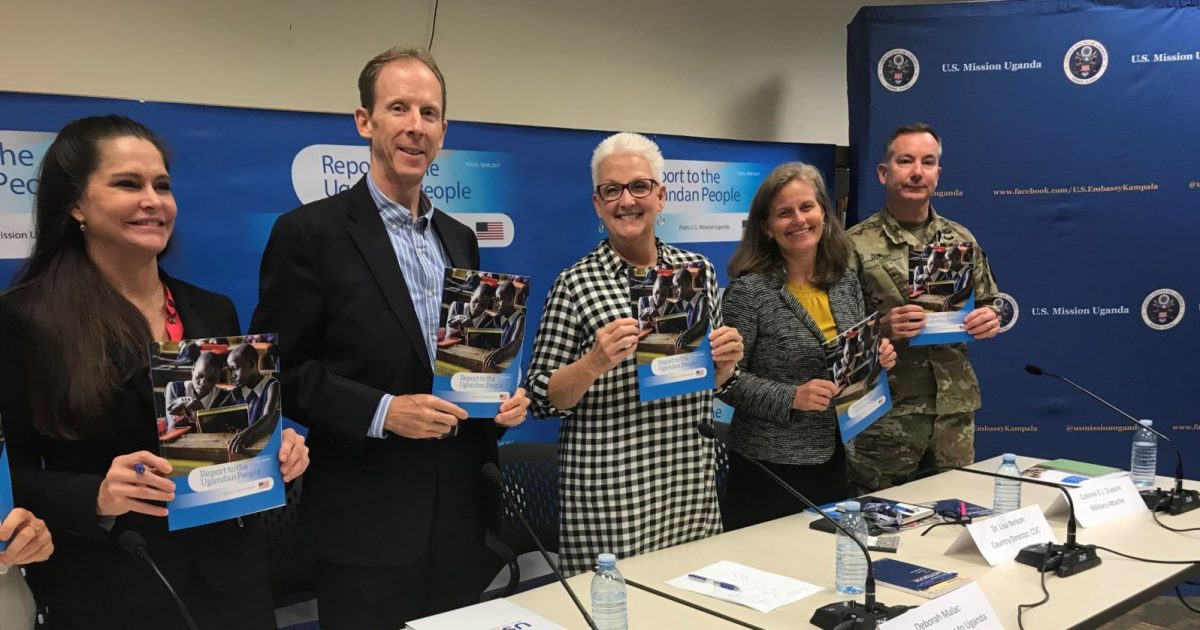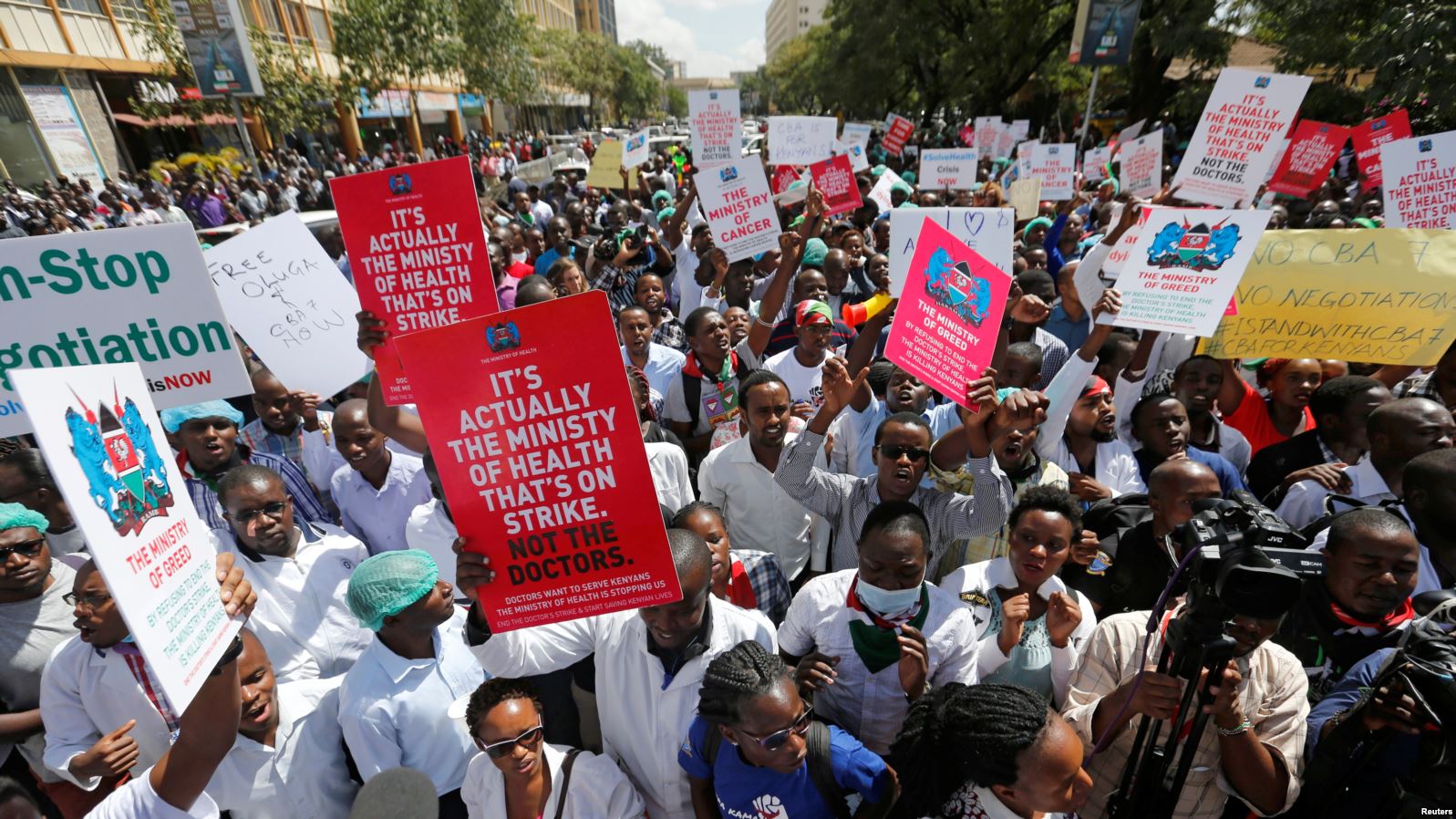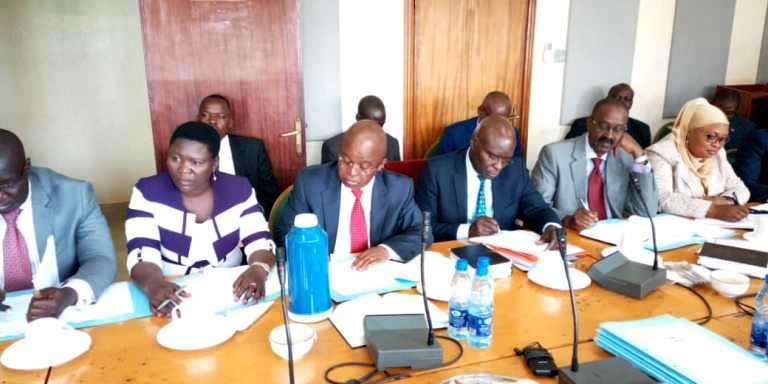The U.S. Mission in Uganda has added more than $100 million in aid to the East African country with about half being injected into health, a sector analysts say is receiving little attention from the government.
The United States Mission in Uganda says its assistance to the East African country has reached nearly $1 billion.
U.S. aid to Uganda increased from $840 million in 2016 to $971 million in 2017.
The funding is going into sectors ranging from agriculture to security and from trade to justice and democracy.
But about half the aid money is marked for Ugandan healthcare and the President’s Emergency Plan For AIDS Relief, PEPFAR, said U.S. Ambassador Deborah Malac.
“A significant portion of that — about $400 million — is in the PEPFAR program, which obviously is geared towards trying to bring an end to the AIDS epidemic in Uganda,” she said. “Or whether we are trying to ensure that mothers do not die in child birth — it is something that we feel strongly about and we try to help in ways that we can.”
Last year, the United States spent more than $500 million on the country’s healthcare, coming close to the Ugandan government’s $600 million healthcare budget.
Uganda Debt Network policy officer Akello Juliet notes the support exposes Uganda’s over-dependence on foreign aid in the health sector.
“That means, just in case US Aid pulled out, it would be very difficult for the Ugandan government to cover up that gap,” said Juliet. “And that means poor quality service delivery. Already the health sector is not doing enough to provide quality services. That means the citizens will be suffering.”
In 2016, Uganda’s budget allocation for healthcare was about 8.7 percent, but it dropped by three percent in 2017. That is far below the African Union’s Abuja declaration, which says governments should dedicate at least 15 percent of their budget to improving healthcare.
Uganda is one of the 13 countries the United States selected last year for a comprehensive focus on epidemic control by 2020.
Dr. Lisa Nelson, Country Director for the Centers for Disease Control and Prevention, said Uganda is in the Congo Basin “with a lot of emerging disease threats.”
“One of the things,” she added, “as the U.S. government that our agencies are involved in, is also supporting Uganda to have the systems to detect disease outbreaks and be prepared to respond so that they do not spread and we contain the economic impact of those threats.”
U.S. support for Uganda is in line with the East African nation’s national development plan and sustainable development goals.
VOA





